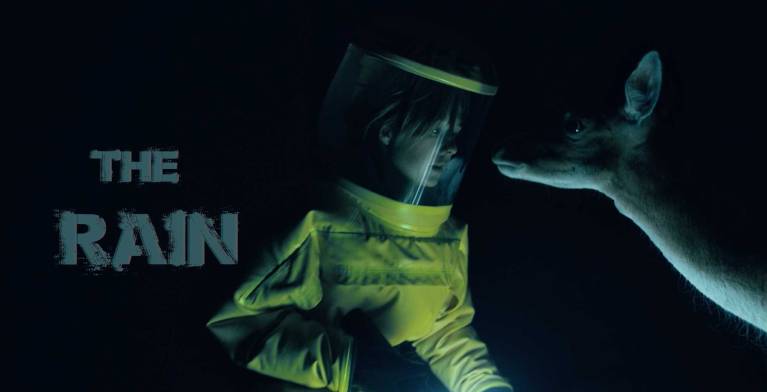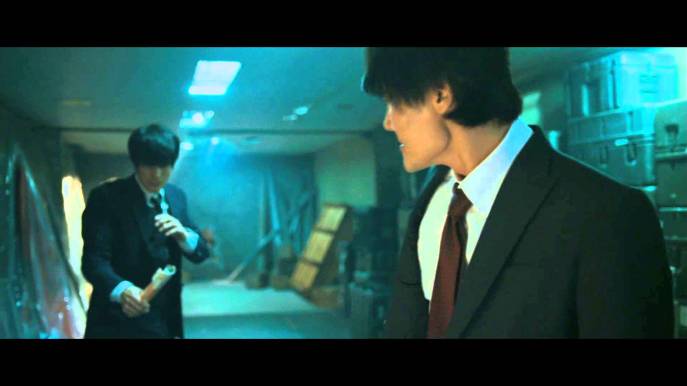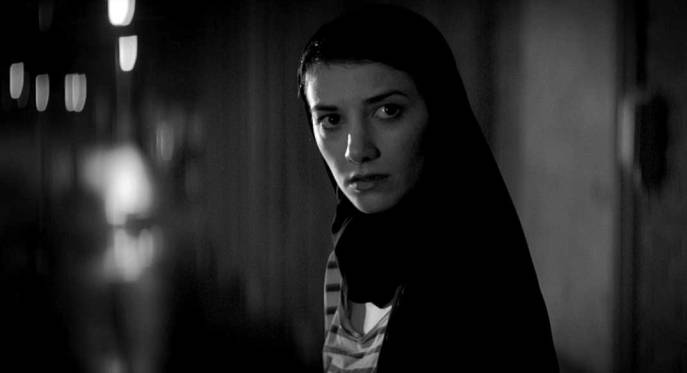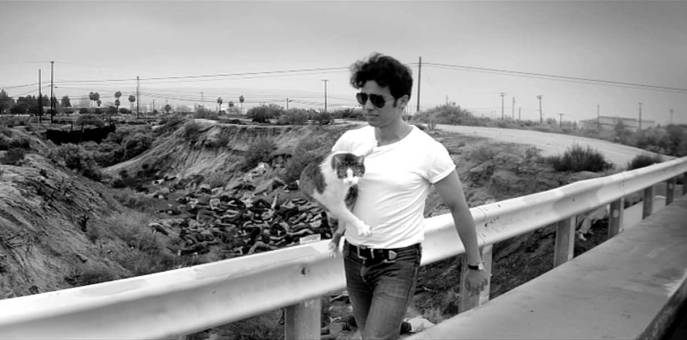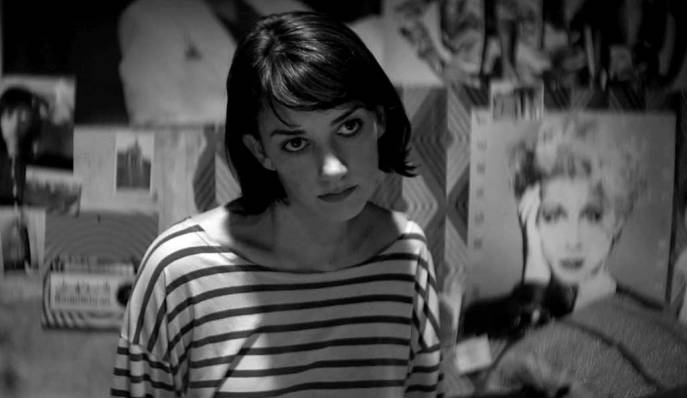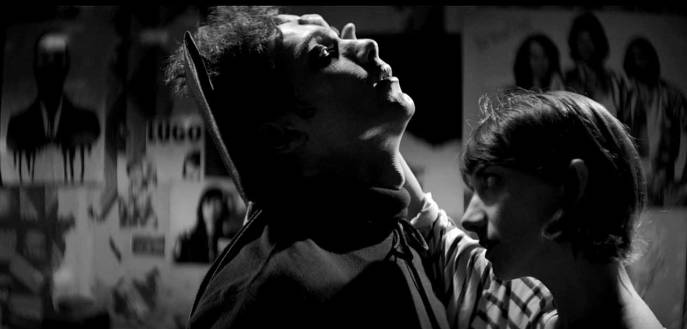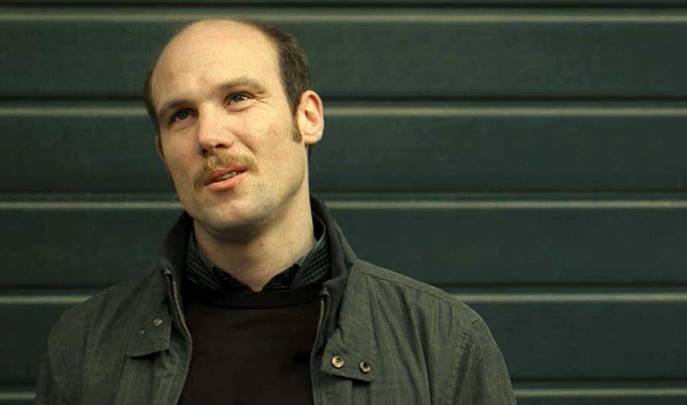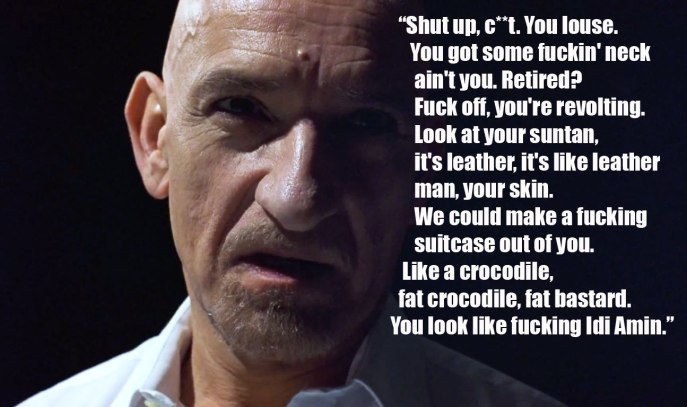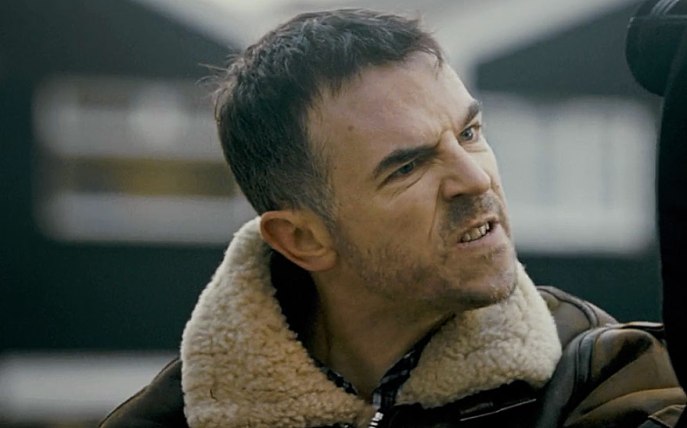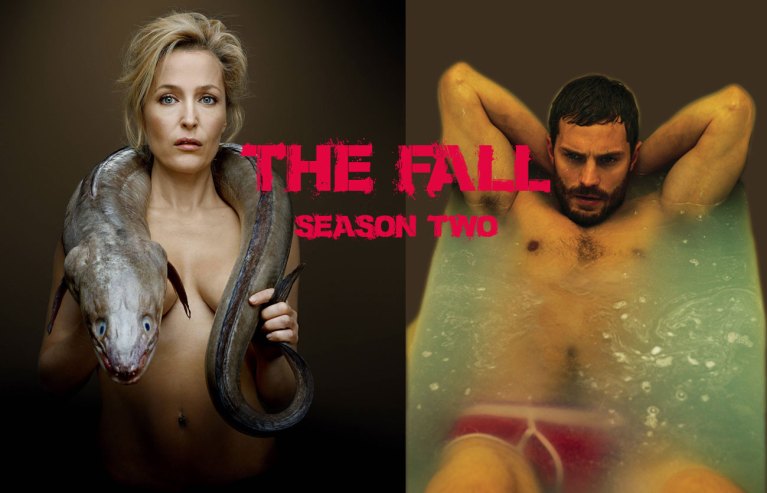Netflix has been dropping some stink bombs of late, so I was a bit skeptical wading into The Rain, a Danish post-apocalyptic contagion series that smacks of 28 Days Later and The Walking Dead—sans zombies. Actually, the reason I was truly skeptical was because of its 6.1 score on IMDb. For non-IMDb adherents, it’s probably worth mentioning that the best series out there tend to have significantly higher scores than the best movies out there.
Here’s a little amateur research to support that theory:
| SERIES | IMDb | FILM | IMDb |
| Mindhunter | 8.6 | Zodiac | 7.7 |
| The Walking Dead | 8.4 | 28 Days Later | 7.6 |
| Fargo | 9 | Fargo | 8.1 |
| The Killing | 8.2 | Insomnia | 7.2 |
| Black Mirror | 8.9 | Ex Machina | 7.7 |
| The Americans | 8.3 | Eastern Promises | 7.7 |
| Stranger Things | 8.9 | It Follows | 6.8 |
| American Horror Story | 8.1 | The Witch | 6.8 |
| Hell on Wheels | 8.3 | Bone Tomahawk | 7.1 |
| Narcos | 8.9 | El Infierno (El Narco) | 7.8 |
Of the 10 comparisons here, I think I have a strong argument that at least seven are significantly better than their comparative longform peers—all of which scored .6 to 2.1 points higher on IMDb. (And I know the horror comparisons aren’t as astute as the others; I just wanted to bring two of the best recent horror movies into the discussion.) Point being, a 6.1 for a series (The Rain) is basically like a 4 for a horror film, or a 5.1 for a crime flick—i.e., typically an automatic “don’t waste your fucking time” signifier. (Which reminds me that I need to develop that IMDb-score-by-genre model I’ve brought up before—because I actually think the site is much more informative than say, Rotten Tomatoes, if you indeed know how to navigate its inherent biases.)
But before hypothesizing on why The Rain is underappreciated by the IMDb hordes—and before boring you to death with numbers—let’s talk about The Rain (a solid 7.8 in my book).
The eight-part first season centers around sister and brother Simone and Rasmus, pulled from school by their scientist father as the first whispers of a doomsday event begin to circulate. Soon thereafter, the siblings are trapped in an underground bunker in the forest, taking shelter from killer raindrops. After a brief six years, they emerge.

“Oh no, sis—I left meine groovy jumpsuit in zee bunkah.”
I don’t want to give too much away, so suffice it to say that they meet other doomsday survivors, and pretty much everything you’ve ever seen in an apocalyptic survivalist story plays out: battles with evil gangs, encounters with creepy cults, a search for a cure, ominous government forces at play, escapist sex—all set to the grand existentialist query of “what the fuck is going on?”
If everything I’ve just outlined sounds completely unoriginal, that’s because, narratively speaking, it is. Apart from the fact that pathogenic precipitation—not the undead—is the enemy here, The Rain is pretty much a narrative rehashing of every doomsday road warrior screenplay ever written.
But this is not a series out to reinvent the wheel. It’s the details here that count. And a few of the most important details include a string of stellar performances (particularly that of Alba August) that bring emotional gravity to the series, as well as a soothingly bleak feel of place—captured in perpetually gloomy and rainy skies, desolate cityscapes and verdant, mysterious forests.

2,190 Days Later…
To this last point, The Rain is a perfect grim mood piece for those who find a calming effect in the brand of environmentally attentive cinematography used in other bleak offerings like The Killing, or the recent Nordic noir stuff I’ve been posting about, including Trapped, In Order of Disappearance, The Oath, and Fortitude. (See my thoughts on bleak, thrilling cinema as ASMR for more.)

The Killing, AKA “Visual Valium”
The Rain also maintains a strong pace throughout its eight 45-minute episodes. Brief flashbacks flesh out each of the main characters by giving a glimpse into who they were, and what happened to each on the day the world turned upside down. But these backstories don’t linger (ahem, Walking Dead). If anything, they bring intrigue to the plot line and a bit more humanity to a group of people living in an inhuman world.

With a tight ensemble, The Rain is far from… overcast.
And while certain elements of the show may be a bit predictable, the moral conundrums that normal people deal with in abnormal circumstances are handled attentively, with less of a formulaic good-vs.-evil approach than one might expect. To this point, when things aren’t exactly as they seem, they also aren’t exactly the opposite.
The setbacks here are minor, and mainly just require a bit of suspension of disbelief. (For example, why does Rasmus appear to have aged 10 years during the bunker hideout while Simone looks exactly the same age?) And yes, there’s a strong likelihood that this could go the route of The Walking Dead and get tiresome after a couple seasons simply because it doesn’t really have much of anything new to run with.

All said, this series is most likely getting that 6.1 IMDb hate due to the baseness of its plotline. But if you’re looking for a fast-paced, very well-acted, bleak post-apocalyptic mood piece that’s as paradoxically calming as looking out at cold rain showers from a warm window, The Rain is engrossingly bingeable.
GRADE: B / B+
IMDb: 6.1
-Sam Adams

